Up to 1952/3
The earlier 4/4 Series 1 and Plus 4 Flat Rads never had any
bumpers except some of those made for the North American which were
fitted at the US/CDN dealers.
Post 1953
The cars had a chromed bumper of straight
profile rounded off with a starting handle hole in
the middle on the front and "shell" shaped overriders at the rear. Front
bumper was standard, optional extra at the rear.
In the early 60s through to October 1976 Cars were fit with used the Ford 100E chromed bumper as standard on the front with the Morris 1000/Standard 10 profile Overiders
(although the inside fitting bracket was reangled) ..these overriders
were standard at the rear and the rear bumper was an extra ($30 in 1974
!!..now they are $1000+).
1977 to the early 1990s saw
the alloy square profile bumpers fit on front & rear (produced in
Bromyard at a factory run by the well-known Jeremy Holden's father)
From the early 1990s to 1993. Morgan tried a similar bumper in chromed steel. These were poorly plated and the metal rusted badly
From 1993 Stainless steel bumpers with open ends identical to the earlier alloys
From 1998 The stainless bumpers had the ends closed.
In 2002 The current type of overiders were first fitted on the "Le Mans 62".
In 2003-2015 These overriders became standard on all Classic models from 2003 with full bumpers being a listed extra.
In 2016 Classics
from 2016 have no stock overiders or bumpers as standard.
Both bumpers and the newer overriders are now listed extras except for
some of the many "limited edition models". These
specifications are for Europe.
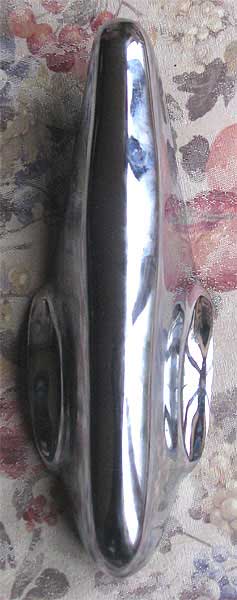
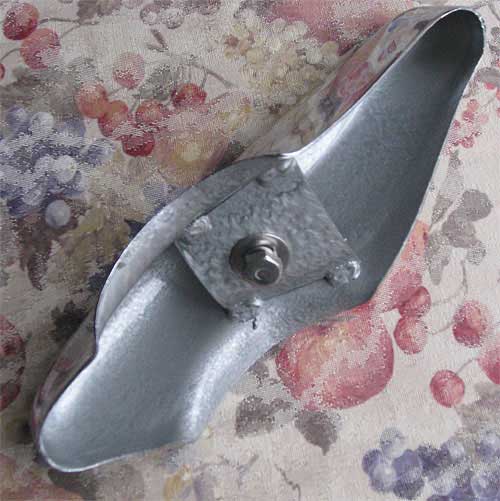 Owners
of older Morgans often inquire where they can source replacements for
their
over- riders, a popular Morgan option from the 1950s-1970s. These original
overriders
are very different from those used by the Company since 2002 when they
were reintroduced with the LeMans '62 series. Unlike these recent
overriders, the originals are not aluminum, they are chromed steel,
much smaller
and contoured. Many owners of much later cars, retrofit these originals at the rear and
remove the bumper
(the original overriders fit without any modification to the
later
bumper brackets). The overriders (12 oz each) weigh considerably less
than the later stainless bumpers and have a pleasing aesthetic effect.
Owners
of older Morgans often inquire where they can source replacements for
their
over- riders, a popular Morgan option from the 1950s-1970s. These original
overriders
are very different from those used by the Company since 2002 when they
were reintroduced with the LeMans '62 series. Unlike these recent
overriders, the originals are not aluminum, they are chromed steel,
much smaller
and contoured. Many owners of much later cars, retrofit these originals at the rear and
remove the bumper
(the original overriders fit without any modification to the
later
bumper brackets). The overriders (12 oz each) weigh considerably less
than the later stainless bumpers and have a pleasing aesthetic effect. 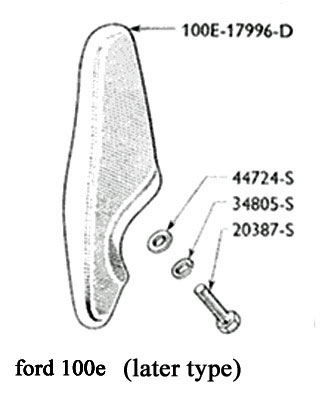 model prices were not lowered, only raised. But Morgan bumpers/overriders, aside from the North American verisons attached to a airbag mechanism, offer no meaningful protection.
model prices were not lowered, only raised. But Morgan bumpers/overriders, aside from the North American verisons attached to a airbag mechanism, offer no meaningful protection.
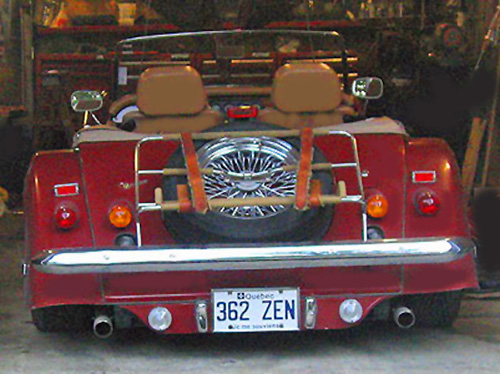 article.
article. 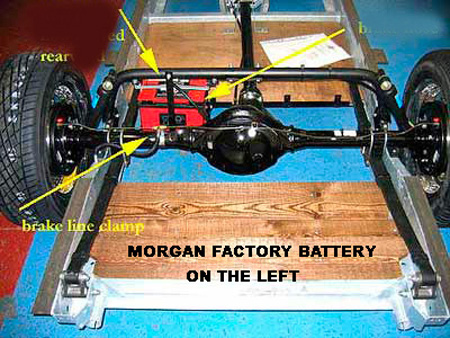
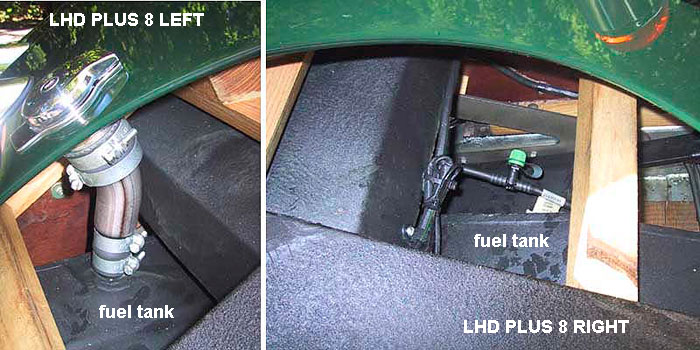 Yet
Yet